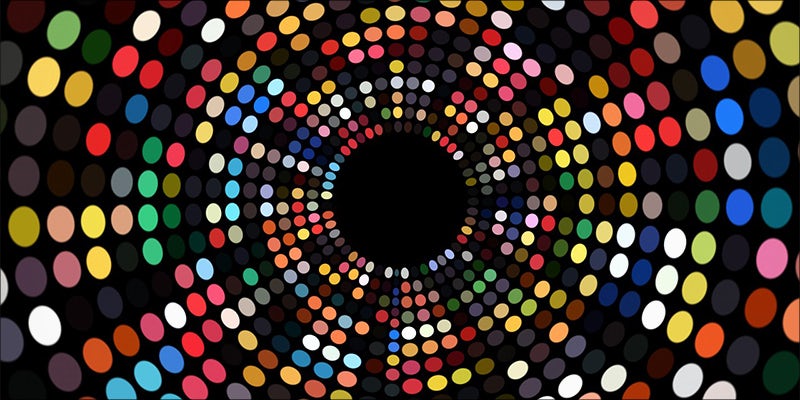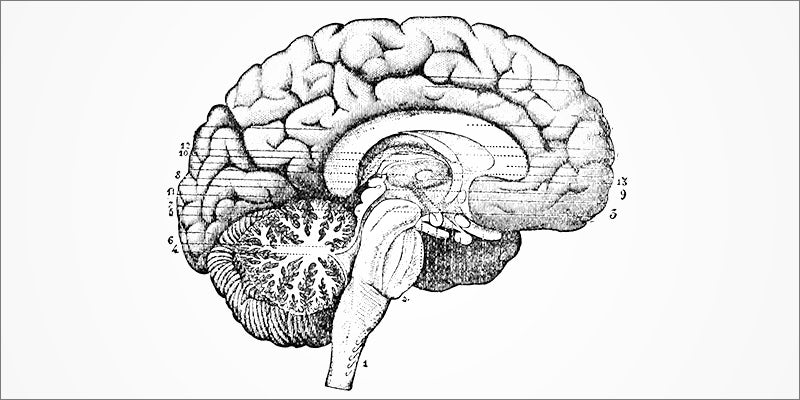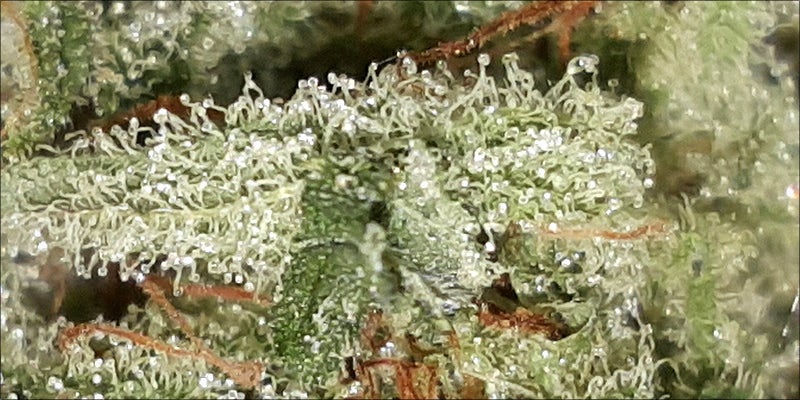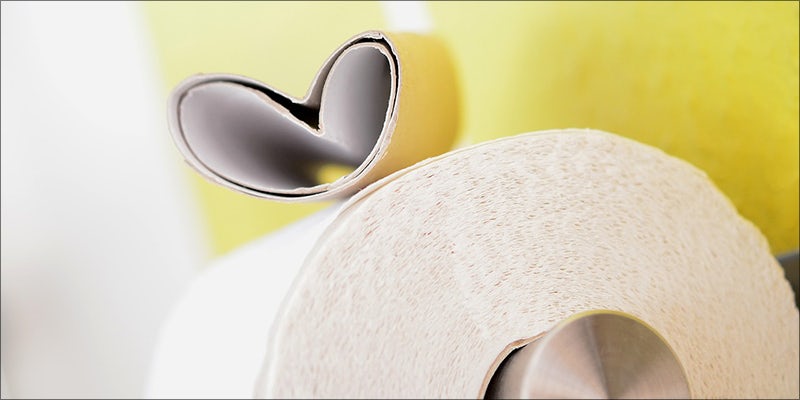
This Is How Weed Is Processed In The Brain
Wondering where THC goes after you smoke it? Here is a basic breakdown about how your brain and body process ingested cannabis.
Sadly to say, no episode of the Magic School Bus walked viewers through the mind-warping transformations that happen when cannabis enters the brain. If you’re hoping for a simple explanation of what happens in the brain after you puff on a little cannabis, this article just might be your best bet. Here’s how weed is processed in the brain.
What makes cannabis psychoactive?

For the purposes of simplicity, this article focuses on the effects of psychoactive cannabis in the brain. More specifically, we’ll look at how tetrahydrocannabinol (THC) travels to the brain, where it “lands”, and what effects it can have.
THC is the primary psychoactive in the cannabis plant. You have this little molecule to thank for the famous euphoric “high”.
It’s important to note that the cannabis plant can produce over 113 different cannabinoids (cannabis compounds). While THC and psychotropic cannabidiol (CBD) are the two most common cannabinoids, several more of these types of molecules may be present on a flower at any given time.
However, cannabinoids beyond THC and CBD tend to be produced in lower concentrations. Exactly how these less-famous compounds affect the brain is unknown. Though, THC is the only cannabis component that produces a strong psychoactive experience.
This is how weed is processed in the brain

After inhaling the delicious smoke or vapor from your favorite cannabis strain, THC is quickly processed by the lungs and released into the bloodstream. From there, it likes to travel to fatty locations, where it can make a temporary home for itself. Fortunately, the brain is one of the fattiest locations in the body, comprising about of about 60 percent fat.
THC is attracted to fat because it is a lipid molecule, meaning that it is fat-derived. THC cannot dissolve in watery solutions like water, which is why it is pulled from the blood and processed as a fat-based compound.
The psychoactive exerts its effects by “landing” on specific cell locations called cannabinoid receptors. In a way, you can think of cannabinoid receptors like locks and THC like a key. When THC connects with these receptors, it triggers a cascade of different chemical effects inside the cell. These chemical effects are communications, which then trigger the actions of other cells.
When you consume THC, you slightly change the communications between brain cells.
Interestingly, while cannabinoid receptors of one time or another are found throughout the body, the brain holds the largest concentration. Normally, these receptors are triggered by molecules called endocannabinoids, the body’s own THC. Endocannabinoids are compounds similar to THC that act as neurotransmitters in the body. Endo– means internal.
Neurotransmitters are molecules that help nerve cells communicate with one another. After inhaling some THC, the phytocannabinoid hijacks the landing sites for our own endocannabinoids and changes the communications. Phyto- refers to plants.
When you eat cannabis via an edible, it may not actually be the THC that is making you high. Instead, the liver transforms THC into a more potent metabolite called 11-Hydroxy-THC. This metabolite then engages cannabinoid receptors throughout the brain and body.
Where are cannabinoid receptors located in the brain?

While cannabinoid receptors can be found on both neurons, in the brain stem, and on immune cells, they most dense in specific parts of the brain. These parts include the basal ganglia, the cerebellum, and the hippocampus.
These three brain locations are all a part of what is known as the limbic system, which is the brain system responsible for primal and instinctual behaviors and emotions.
These primal behaviors include the fight-or-flight response and sexual pleasure.
The basal ganglia is a region deep in the center of the brain that controls movement, motor learning, and emotion (among other things). The cerebellum helps fine-tune movements that coordinate with time and may also lend a hand to cognition and emotion. The hippocampus is critical for memory and learning, as well as spatial navigation.
Altogether, these parts of the brain are implicated in short-term memory, problem-solving, movement, coordination, and learning. When you consume psychoactive THC, you may experience temporary (yet usually enjoyable) distortions in these faculties.
How is THC different from endocannabinoids?

In the brain, THC hangs on to cannabinoid receptors far longer than our normal endocannabinoids do. Normally, endocannabinoids are broken down fairly quickly by enzyme proteins in the body. THC, however, likes to hang on tight. Further, THC does not fit into cannabinoid receptors exactly like our natural endocannabinoids do.
These reasons perhaps contribute to the strong effects the psychoactive can have on our mental experiences.
THC also has a long half-life. Half-life is a term used to describe the length of time it takes for a substance to be effective at half of the strength. Even after the acute effects of THC wear off, some residual effects like sleepiness and improved appetite may still be felt.
Things that affect how THC is processed in the body

Things like your body weight, the health of your liver, and how much you smoke may affect how THC is processed in the body. Here’s how they might affect how THC is processed in the brain and body:
1. Liver
The liver is the primary detoxifying organ in the body and it is responsible for clearing out compounds like THC. Thanks to an extra diligent liver, some people may not experience the full effects of an edible.
2. Body weight
THC is stored in fat. Research suggests that exercise and fat burning can re-release THC back into the blood stream. While this may not happen in concentrations that are large enough to cause psychoactive effects, this certainly gives the concept of the “runner’s high” a whole new meaning. The larger the BMI, the more THC can be released.
The long half-life and fat storage of THC are also the reasons why consumers can test positive for cannabis in urine as long as 30 days after consuming. While occasional consumers will likely pass a drug test after 10 to 14 days post smoke sesh, regular to heavy consumers may need to abstain for a whole month before they test clean.
3. Tolerance
Regular cannabis consumption can also change the cannabinoid receptors in the brain. Once the body adjusts to getting a continuous supply of THC, cannabinoid receptors can downregulate. Downregulation is a fancy way of saying that receptors sort of close off and become less sensitive to THC and endocannabinoids.
This down regulation is why consumers build up a tolerance to cannabis over time. This tolerance changes how THC is processed in the brain. However, there’s no need to fret! Lowering your dose of cannabis or abstaining from the herb reverses these effects. This can help you regain sensitivity to the psychoactive and therapeutic effects of the herb.
How does THC leave the body?

Once you’re through with THC, the body breaks it down and you lose most of the metabolites via stool. Small amounts of THC metabolites (breakdown products) can also be found in urine, sweat, and hair. Some can be found in saliva shortly after smoking or eating an edible. When you get drug tested, tests look for THC metabolites, not THC itself.
Herb Recommended Products:
READ MORE










